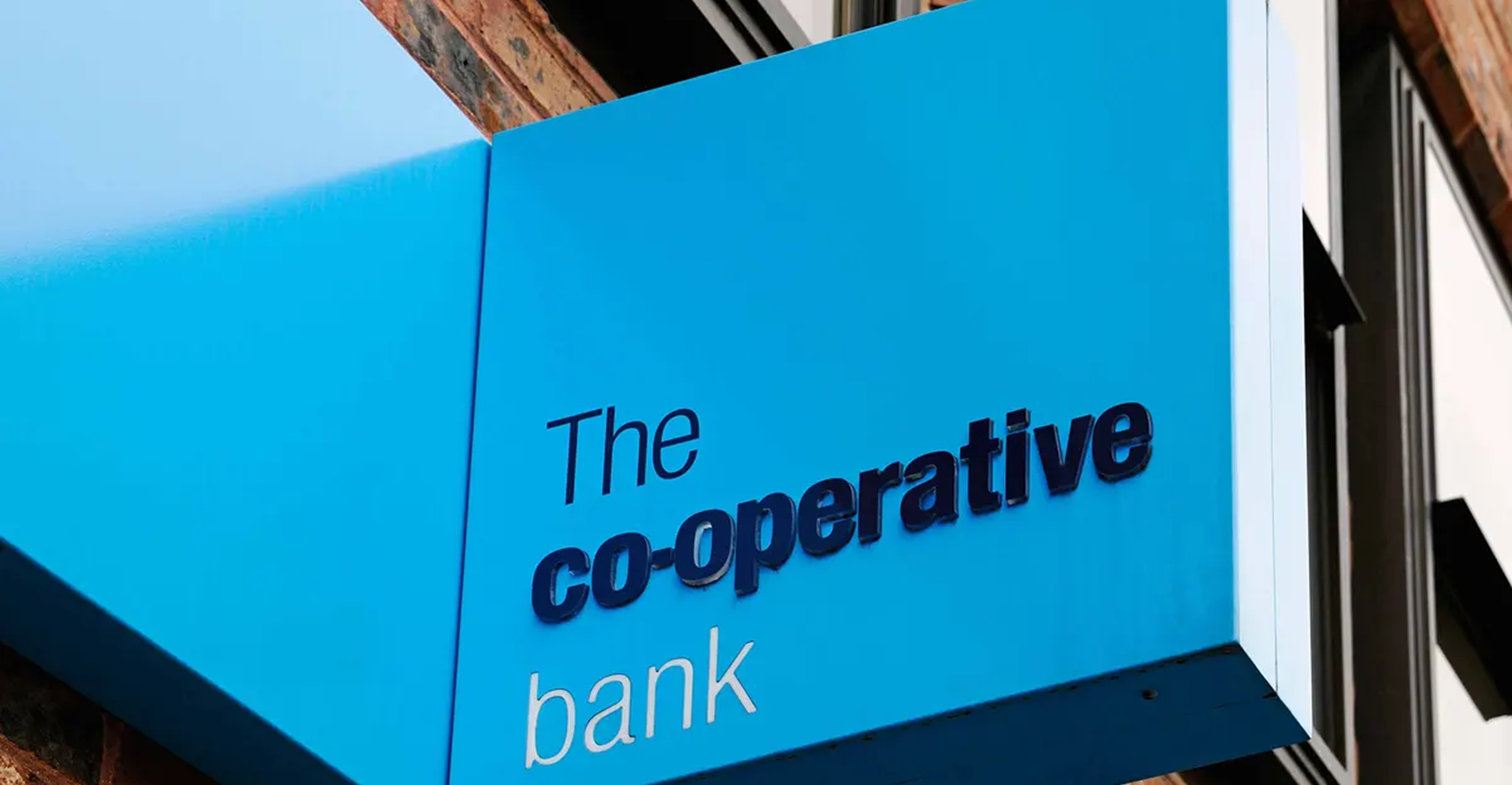
The banking landscape was changing rapidly, with digital-first challengers redefining customer expectations. Co-op Bank, however, had been left behind, struggling to keep pace with competitors. As more customers moved to banks with modern digital services, Co-op faced a critical turning point—either modernise its systems or continue losing customers.
I was brought in to lead the digital transformation, ensuring that the bank moved toward a modern digital offering while respecting the technological limitations of its existing infrastructure. Unlike other banks that had made the digital shift years earlier, Co-op’s customers had a strong preference for in-person banking, making this transition even more complex.
This project required a strategic, multi-phased approach:
Beyond improving the customer experience, this project also paved the way for new digital services. One of the most impactful initiatives was the launch of Co-op’s first fully online loan application, where customers could apply, get approved, and receive funds in their accounts within minutes—a significant step forward in the bank’s ability to compete with major lenders.
Unlike newer banks that were built for digital-first experiences, Co-op Bank was still reliant on outdated infrastructure. Modernising the platform couldn’t happen overnight—technical limitations meant that changes had to be made incrementally, improving the customer experience bit by bit while waiting for critical system updates.
I worked closely with the development team to ensure that UX improvements were feasible given the existing technology stack. This meant:
Rather than waiting for a full system rebuild, this iterative approach ensured immediate improvements, delivering value to customers as soon as possible.
Accessibility was a major issue in Co-op Bank’s existing digital experience. Many customers struggled to navigate the website, particularly those with visual impairments and limited digital experience. This wasn’t just a usability issue—it was actively preventing some customers from managing their finances online.
To fix this, I led a full accessibility audit, ensuring the bank met WCAG compliance standards. This included:
These improvements ensured that all customers—including those with disabilities—could access Co-op’s digital banking services effectively.
A unique challenge for Co-op Bank was that many of its customers preferred in-person banking. Unlike digital-first banks that catered to tech-savvy users, Co-op’s demographic included people unfamiliar with online services, some of whom were hesitant to transition to digital banking.
This required a dual approach—improving the online experience while ensuring customers felt confident using it. To achieve this, I worked closely with branch staff to:
This approach ensured that Co-op wasn’t just pushing digital adoption but was also supporting customers through the transition.
Beyond improving the overall customer experience, one of the most significant innovations was the development of Co-op Bank’s first fully online loan application.
This new feature allowed customers to:
This was a major milestone in Co-op’s digital transformation strategy, proving that the bank could compete with leading lenders. The success of the project convinced stakeholders to invest further in the full digital transformation of the bank, recognising the impact that well-executed digital services could have.
Leading Co-op Bank’s digital transformation reinforced key lessons about modernising legacy systems, improving accessibility, and ensuring digital adoption for all customers:
If you need to modernise legacy systems, improve accessibility, or guide a digital transformation, let’s chat.